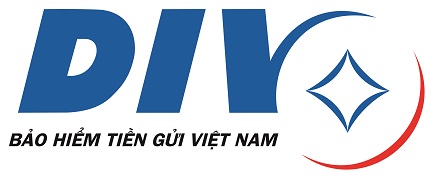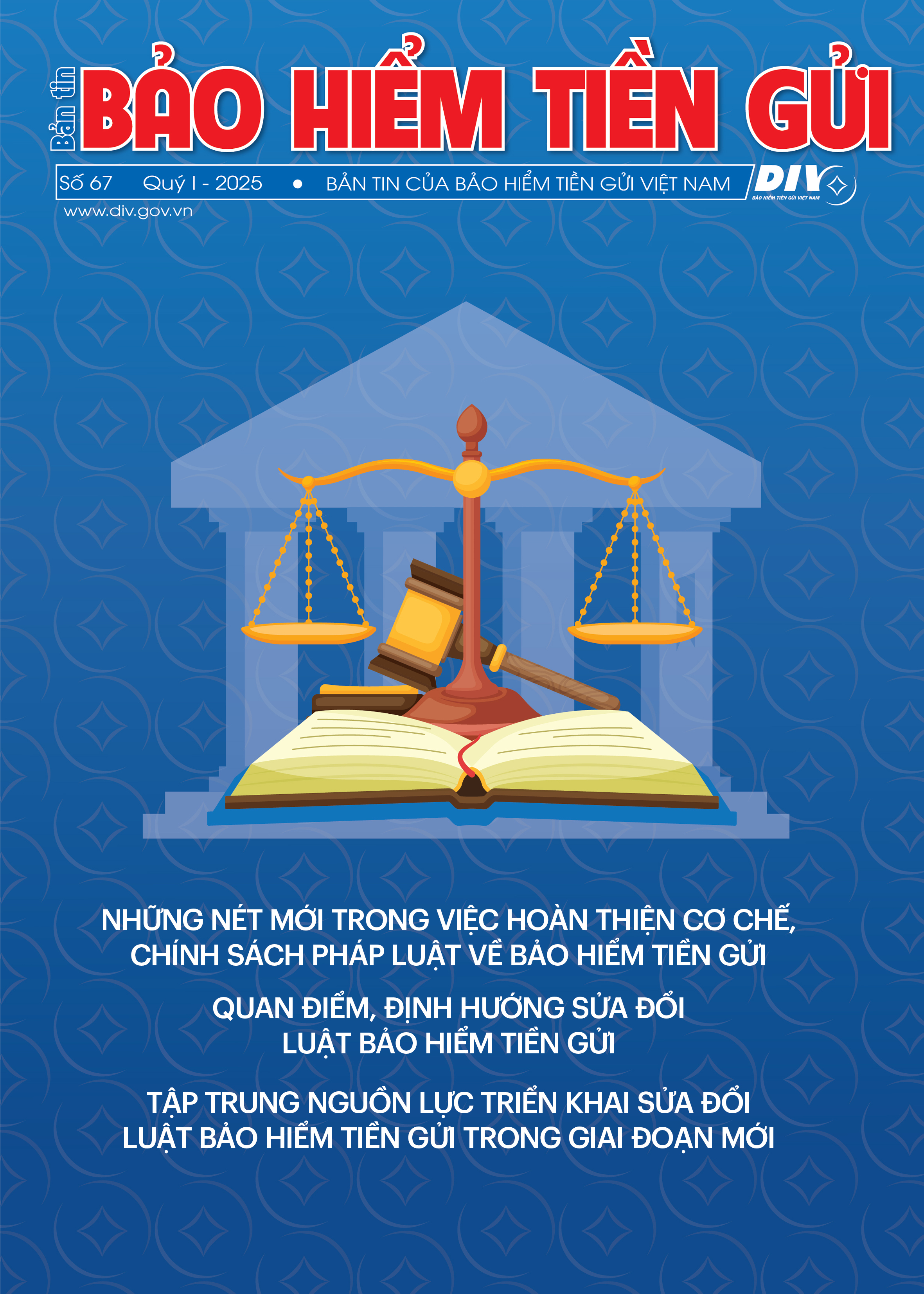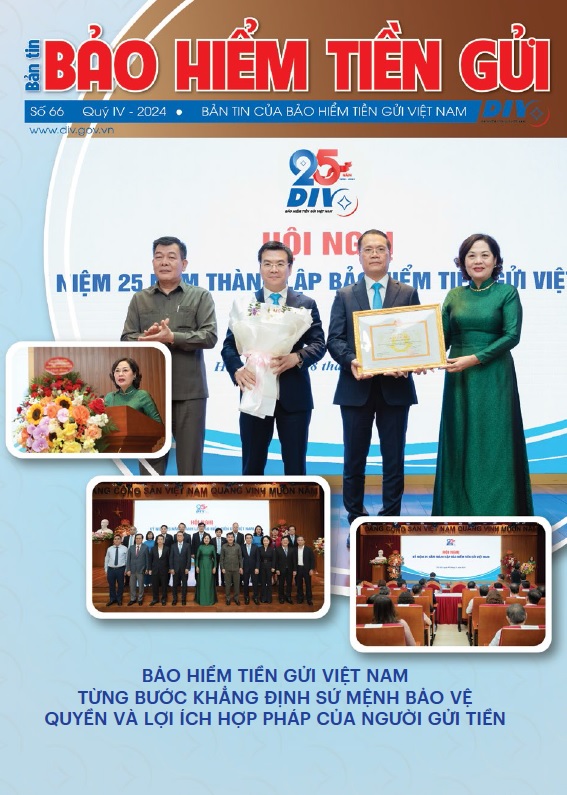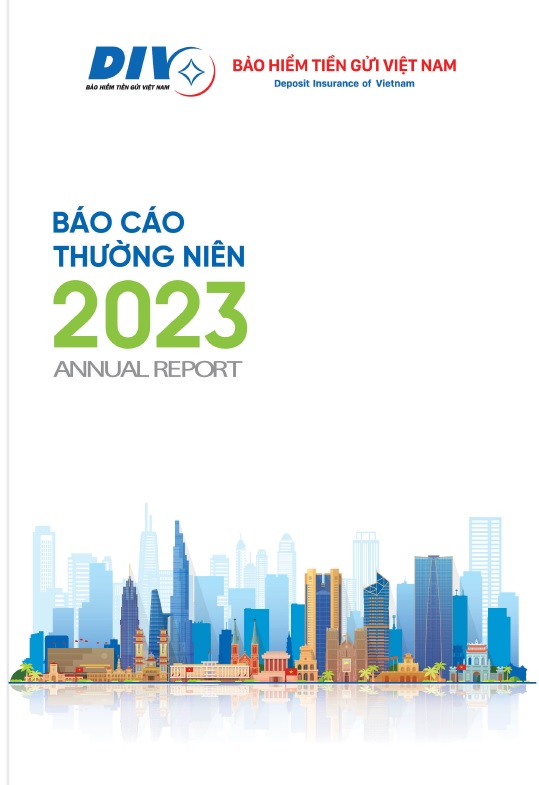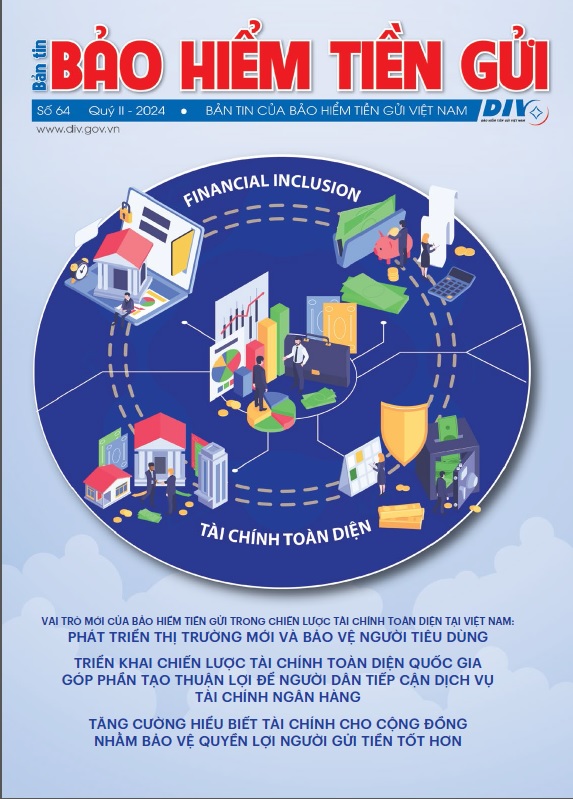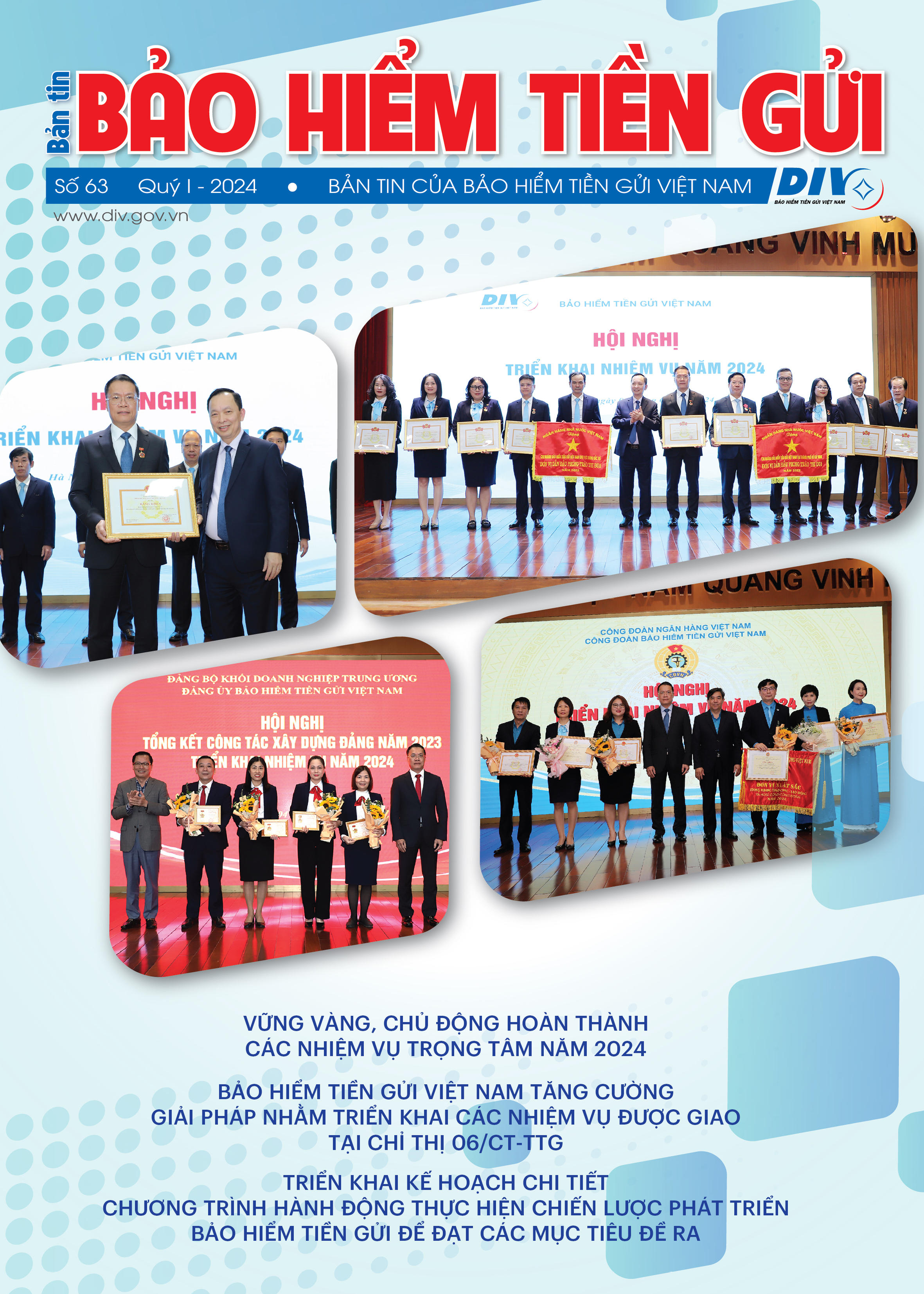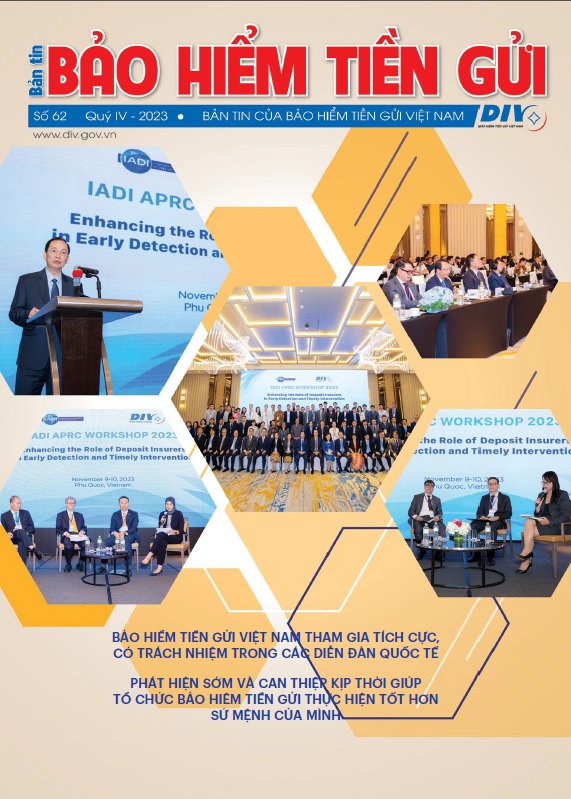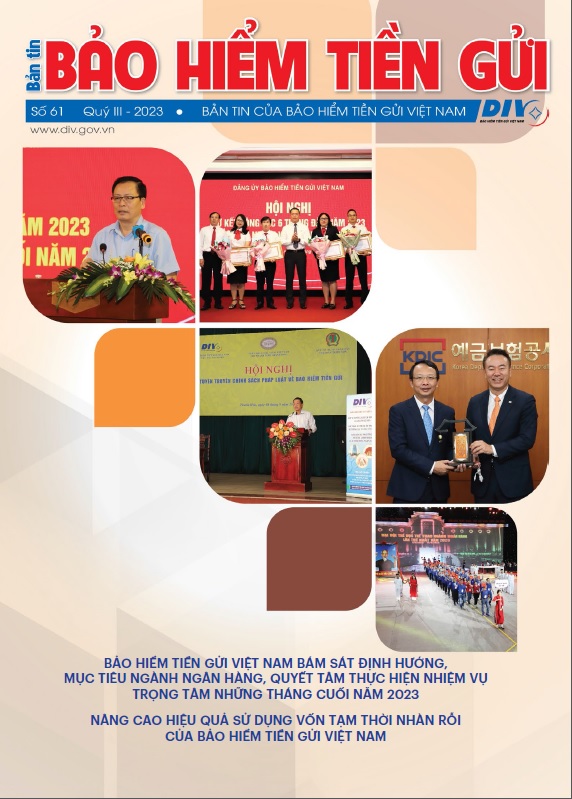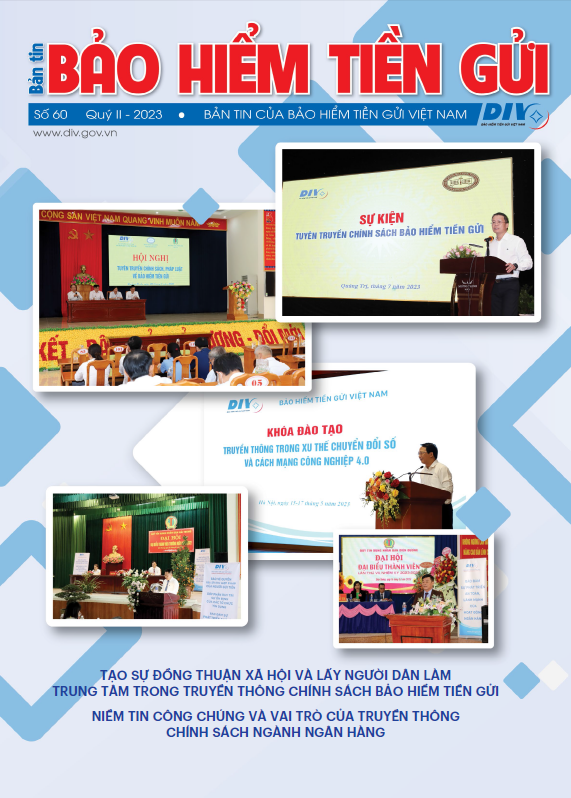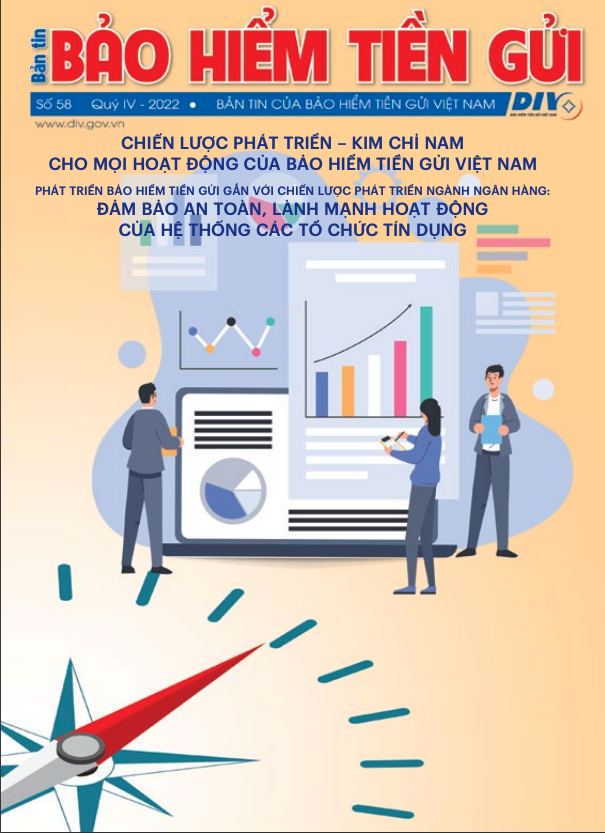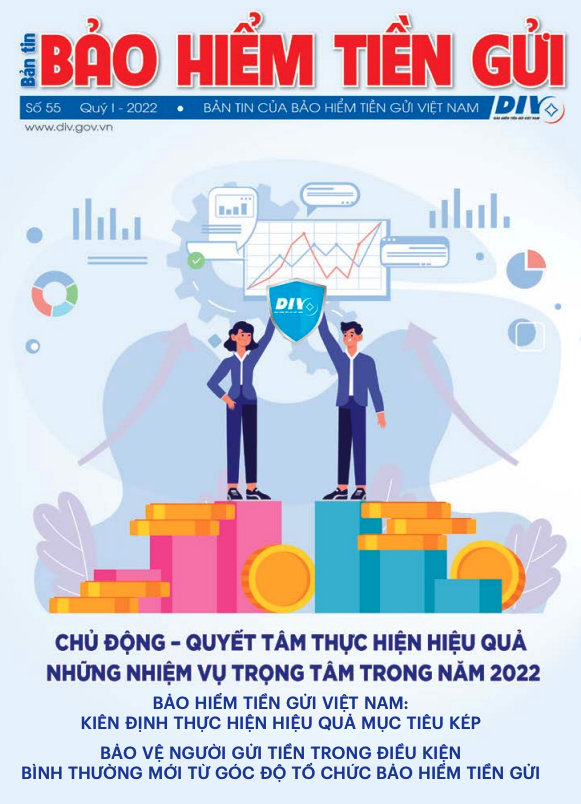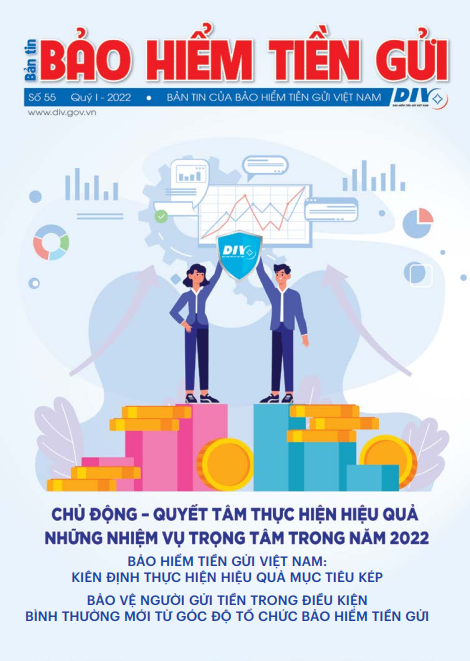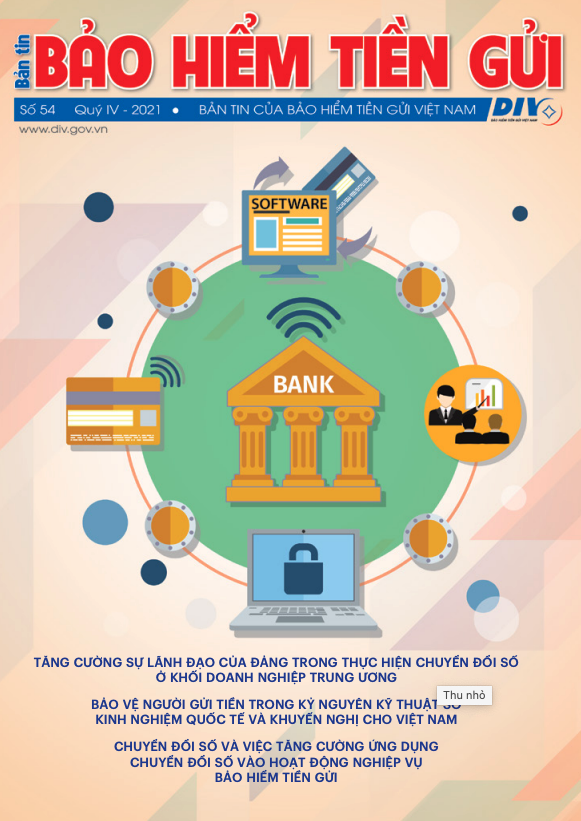Consumer loans do not require plans or projects
Specifically, for the demand for loans serving living needs, with purposes of daily necessities of individuals and households (for example, car loans, purchase of consumer equipment, etc.), the remarkable new point is that customers do not need to have plans or projects.
Accordingly, the customer's plan to use borrowed fund only requires information about the total capital to be used, the using purpose, the time of use, and the customer's debt repayment source, without having to build specific plans and projects serving living purposes. For loans serving living purposes such as to buy, build and renovate houses or when receiving the transfer of land use rights to build houses, which are often of great value, customers must provide plans and projects in their loan application documents for this capital need so that the credit institution has enough information about the customers' loans purpose and to ensure the supervision of the customer's use of the loan for the right purpose.
Digital lending process and procedures are shortened
Circular No. 06 added a separate section specifying the digital lending activities of credit institutions to customers and amending and supplementing a number of other terms suitable for this form of lending to create favorable conditions for credit institutions in implementing digital lending that ensures safety and efficiency. This is also consistent with the provisions of the Law on Credit Institutions 2010 (amended and supplemented) and the banking industry's orientation, policy, and digital transformation in Decision No. 810/QD-NHNN dated May 11, 2021. Circular No. 06 promotes credit institutions to apply technology and digital transformation further into lending activities, thereby shortening the process and procedures; borrowers do not have to go to the bank and can access loans faster and more conveniently. These regulations will promote the development of consumer and business lending activities in Vietnam.
Some main contents of regulations on digital lending activities in Circular No. 06 include: Stipulating general principles of application suitable to the characteristics of credit institutions' digital lending activities; Identifying and verifying customer identification information by electronic means (eKYC); Entering into a loan agreement in the form of an digital contract; Establishing loan dossiers in the form of documents, digital data, and records kept in the digital environment; Approving digital lending (appraisal and lending decision); Disbursing loans, etc. Credit institutions themselves decide on measures, forms, and technologies used in digital lending activities; Considering and deciding to conduct digital lending as prescribed in this Circular.
In addition, to manage the eKYC identifier data of digital lending, the SBV allows credit institutions to implement eKYC for borrowers based on their personal identity data authenticated by a competent state agency or by the national population database, the citizen identification database or an organization providing digital authentication services in accordance with the law on digital identification and authentication.
Allowing access to and use of customer information from the national population database and citizen identification database broadens the official source of valuable information for credit institutions, ensuring sound, transparent, and safe eKYC operations, timely preventing risks of fraud, money laundering, crime, saving costs, and social resources. At the same time, in line with research objectives, Decision No. 06/QĐ-TTg dated January 6, 2022, of the Prime Minister approving the Project of developing the application of population data, digital identification, and authentication for national digital transformation in the period of 2022-2025, with a vision to 2030 has set the stage for the broaden application of the population data, identification, and digital authentication in the fields of finance and banking (including lending activities); similar to the plan and roadmap of the SBV, credit institutions are actively coordinating with the Ministry of Public Security (the governing body) to connect and use the national population database, the citizen identification database, VneID, test solutions to implement customer verification, clean data and support customer evaluation in banking services.
In addition, Circular No. 06 also stipulates a mechanism to allow the implementation of eKYC based on the use of information already eKYC by other credit institutions (similar to eKYC when opening a payment account). Thus, the data sources for comparison specified in Circular No. 06 are diverse, official, and reliable, which is an essential foundation for ensuring safe, healthy, and timely fraud prevention in eKYC activities.
It is possible to borrow from one bank to repay another bank's debt
Circular No. 06 supplements regulations that credit institutions may consider and decide to lend to customers to repay loans at other credit institutions for borrowing and serving living purposes. Specifically, in the current Circular 39/2016/TT-NHNN, customers can only borrow to repay loans at other credit institutions for production and business, not for loans for living purposes. The expansion of regulations for customers to repay loans at other credit institutions, applicable to both loans serving business purposes and living purposes, will facilitate customers to access bank credits, creating more opportunities to choose better services and facilities at other credit institutions (if any).
For example, an individual customer has an outstanding balance on a home loan at Bank A. However, the customer finds that at Bank B, the same home loan interest rate is lower compared to Bank B; At the same time, if customers borrow money, they will enjoy more incentives for some customer services at Bank B.
Accordingly, with this regulation, customers can go to Bank B to propose a loan to pay off the loan before the due date for the home loan that the customer is borrowing at Bank A. Thus, the customer can easily access new loans with lower costs and access and use more services.
Loan conditions are not tightened
In addition to the above provisions, Circular No. 06 adds that credit institutions are allowed to consider and decide to lend to customers to pay foreign loans in the form of goods purchase and sale with deferred payment. Foreign loans in the form of goods purchase and sale with deferred payment are international goods trading activities, so Circular No. 06 supplements the above provisions to create conditions for customers to borrow capital to serve this demand.
According to the SBV, Circular No. 06 does not tighten customer lending conditions. According to the provisions of the current Law on Credit Institutions, borrowers must meet 03 conditions, including (i) Legitimate purposes, (ii) Feasible plans to use borrowed funds, and (iii) Customers that have the sound financial capability to repay debts. These are the minimum loan conditions that customers must meet as prescribed in the Law on Credit Institutions.
Accordingly, the current Circular No. 39/2016/TT-NHNN also applies these conditions. Specifically, in Article 7 of Circular No. 39/2016/TT-NHNN, credit institutions consider and decide to lend when a customer fully meets the following conditions: (i) Customer is a legal person and has civil capacity in accordance with the civil law jurisdictions. The customer is a natural person who must be aged exactly 18 years or older and have full capacity for civil conduct in accordance with the civil law jurisdictions, or must be aged between exactly 15 and nearly 18 years and must not have his/her incapacity or restricted capacity for civil conduct as provided by laws; (ii) Demands for a loan to be used for legally accepted purposes; (iii) There is a feasible plan to use borrowed fund; (iv) Have the financial ability to repay the debt owned.
For security measures in credit extension activities, the application or non-application of security measures shall be agreed upon by the credit institution and the customer. This creates favorable conditions for credit institutions to be proactive in credit extension activities and negotiate with customers in loan management and debt repayment.
In fact, over the past time, credit institutions have been implementing many measures to secure loans with many different types of assets, such as cars, future assets, convertible goods, and debt collection rights, etc., or provide unsecured loans based on the evaluation of effective production and business plans and projects, assessed by credit institutions as having the financial ability to repay the loan in full and on time, both principal and interest. Collateral is only one of the important conditions, but it is not the leading condition, nor is it a mandatory condition as prescribed by law in securing loan repayment, enhancing customer's responsibility for bank debt repayment.
Department of Research and International Cooperation (translation)
